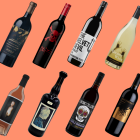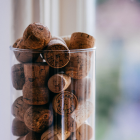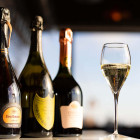Champagne’s trade share has risen from 1% to 8% by value over the last eight years, according to the latest Liv-ex Champagne report. Between 2008 and 2014, the region’s overall trade share hovered between 1-3% by value. So far in 2018, it has contributed 8% of market activity, up from 6.2% last year.
The number of unique labels trading has also risen, from fewer than 20 in 2008 to 140 this year, indicating that the market has grown in both breadth and depth. Liv-ex says that the rise has been driven by Champagne having gone from previously being purchased predominantly for consumption to now being bought, stored and resold for a profit later on as common practice.
According to the report, Champagne (which has long been favourite with the on-trade) has in recent years also established itself as a key player in the secondary market for fine wine.
“Champagne is a unique product among its fine wine peers. Its distribution network is unparalleled, the environments that it exists in are diverse – restaurants, nightclubs, royal weddings – and brand recognition is stronger than in any other part of the market.
“Mentions of Dom Perignon will likely spark far more excitement than the top names of Burgundy and Bordeaux among non-wine experts. Champagne therefore touches drinkers not typically engaged with fine wine, and on a global scale.”
In addition, the report said the Champagne 50 Index had steadily risen almost every year for the past decade, with no sharp upward or downward movements, having only dipped in one year out of the past ten. In terms of price, all of the Champagne 50 sub-indices have increased over the past 10 years.






